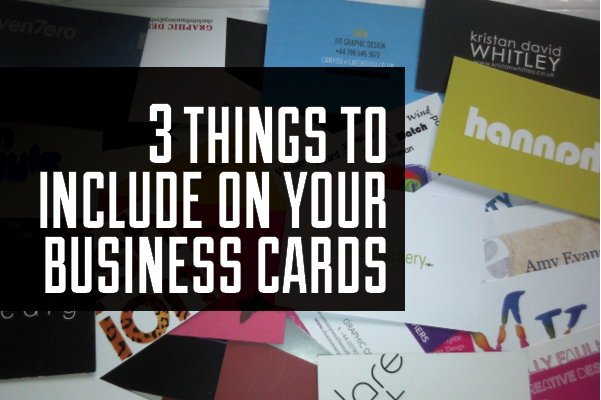Despite the fact that most business professionals carry devices capable of holding gigabytes of contact information, the business card is far from dead. A business card can help a startup or new business owner spark conversation or signal a willingness to do business. Business cards can also be a kind of rite of passage for new business owners, showing their business is official—it lends businesses a credibility that a simple URL sometimes can’t.
Technology might make the business card seem superfluous—after all, professionals can now exchange contact information with QR codes or a simple smartphone bump with another person’s phone. But a clean, well-appointed business card remains one of the best ways to jumpstart and sustain a professional’s in-person networking opportunities. And the anatomy of your business card is just as important as having one. The best and most useful business cards include vital information about the business, have clean, easy-to-read design and represent a business’s brand. Use these tips to create a business card that people will give more than just a quick glance.

1. Include All Vital Contact Information
A business card isn’t a very large piece of paper, so you’ll need to use that real estate wisely. Include all of your important contact information—your full name, email address, website URL, phone number and social media handles. Of course, not everyone uses social media professionally—but it can be an excellent way to make connections with potential customers and business associates.
2. Use a Simple, Clean Design
Website visitors are turned off by a cluttered, busy page design—and the same goes for business cards. Lots of logos, fonts and colors can distract the reader and take attention away from the information on the card. Keep your card design simple, clean and easy to read. Like web pages, whitespace on business cards can help the reader focus more easily on the text and images.
It’s common that first-time business card owners choose busy designs for their cards. Consider consulting professional printing services for card and logo design—the time and resources you spend could result in a valuable return on investment.
3. Establish Consistent Business and Personal Branding
Your business card represents your business, but it can also serve as an extension of your personality. So it’s important that your card also establishes your brand. Be sure your business card makes use of your contact information, logo, tagline and signature font. Of course, this will require a balancing act: you and your card designer must balance clean design with a memorable card layout. But the payoff of careful design is a remarkable card that will attract potential customers and make them want to contact you.
